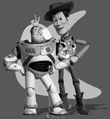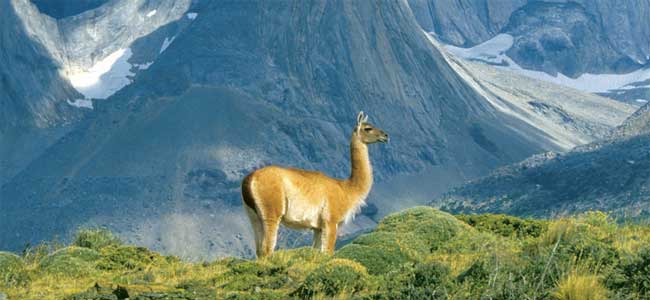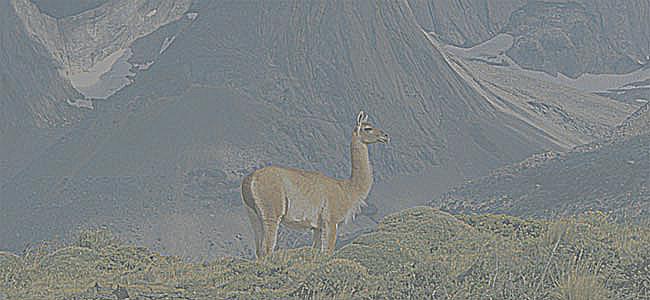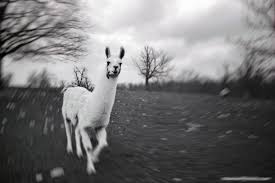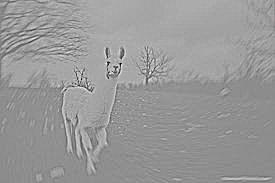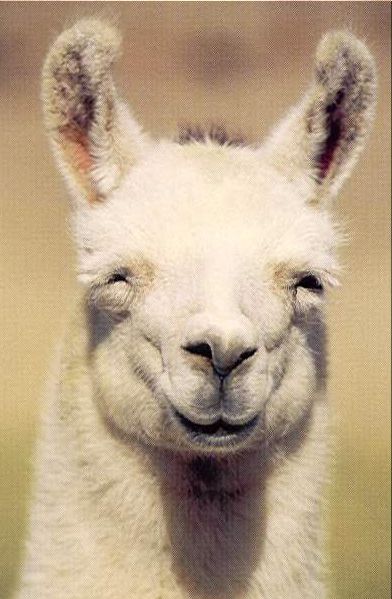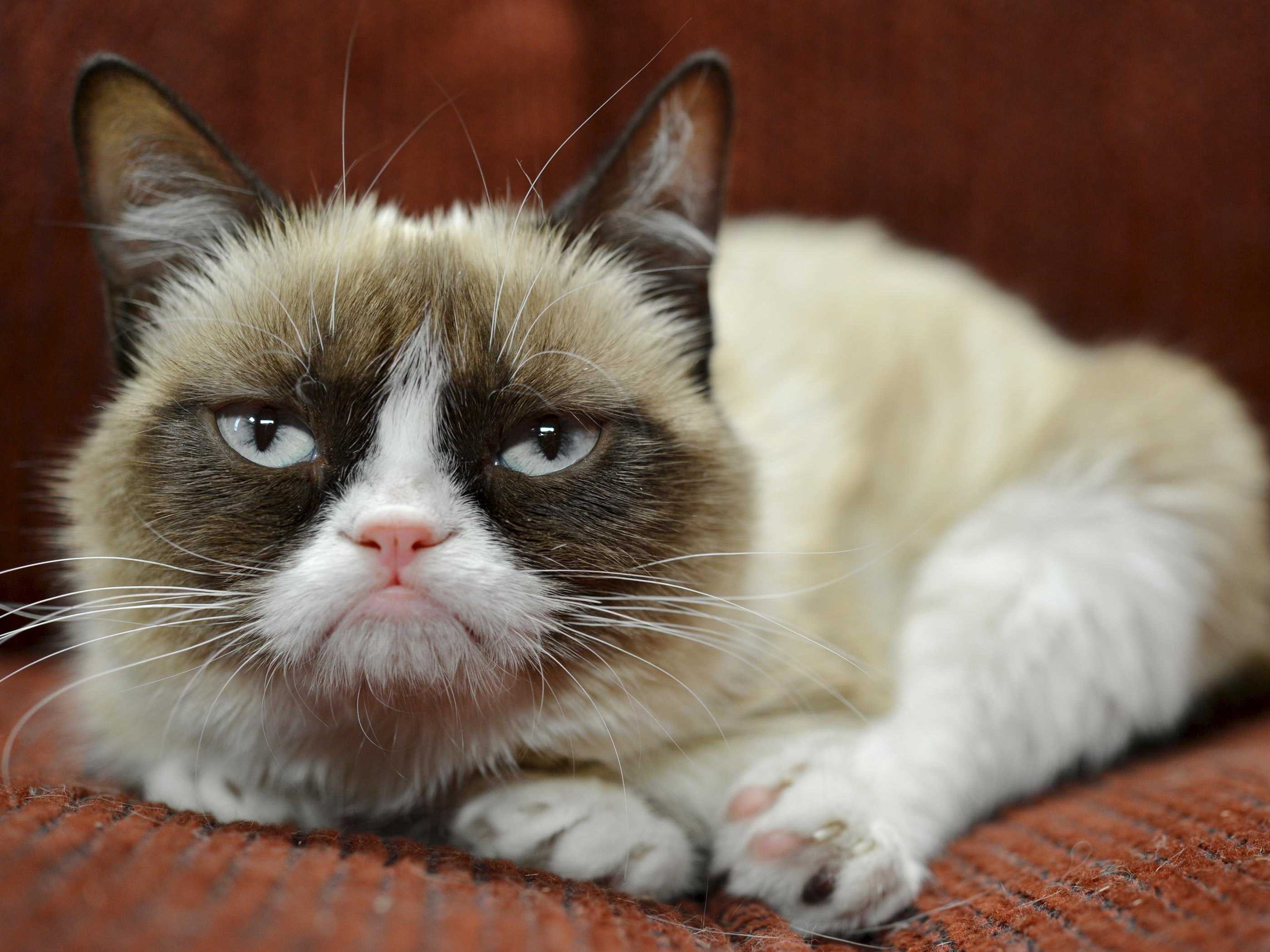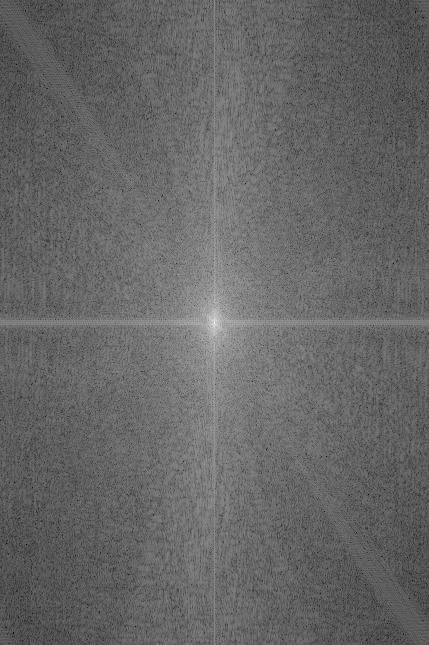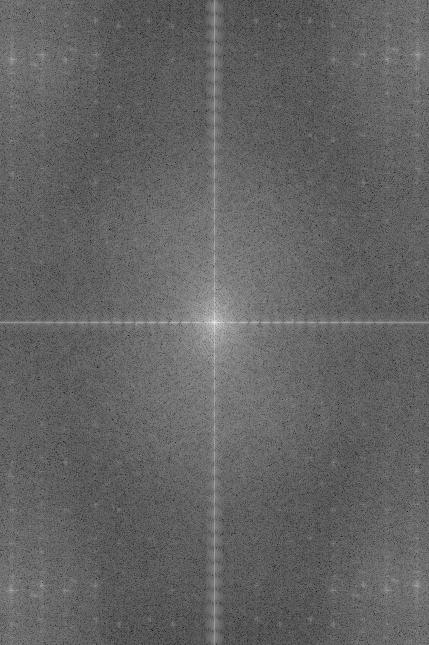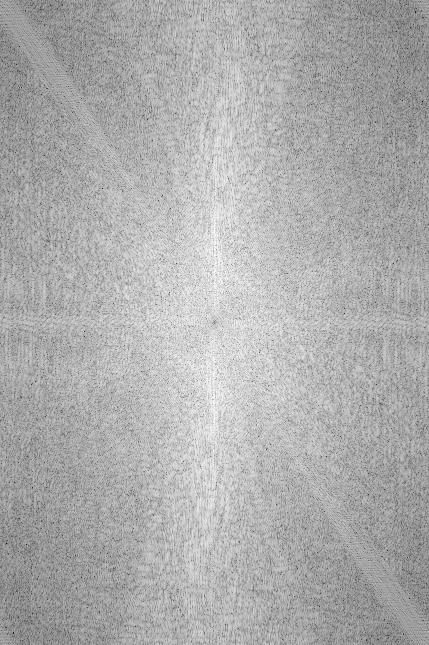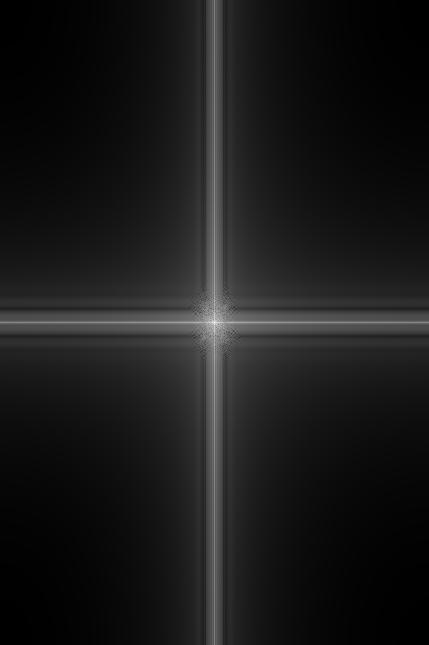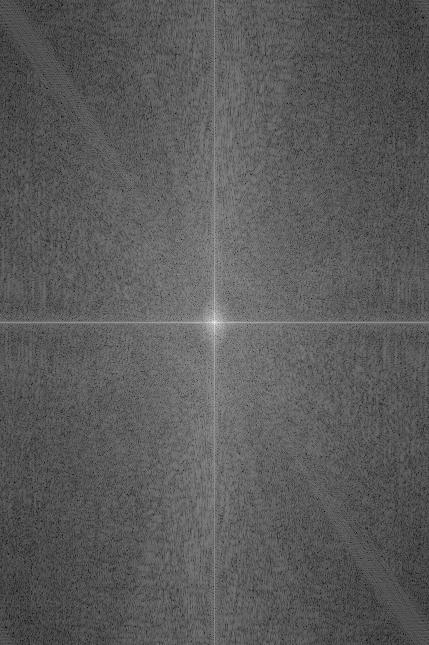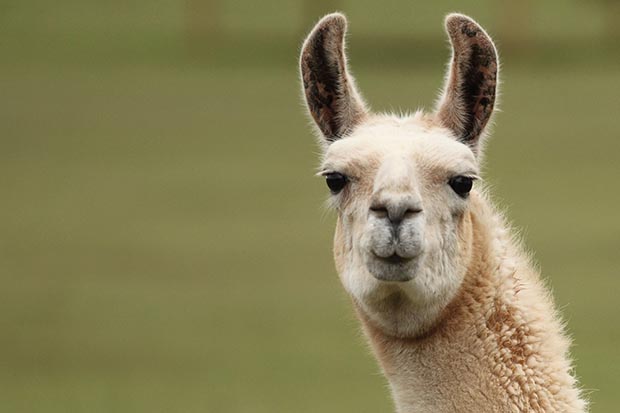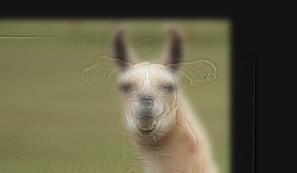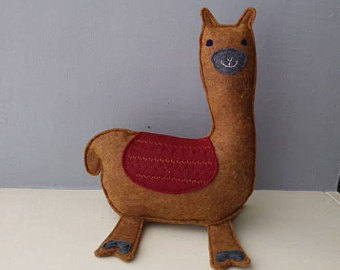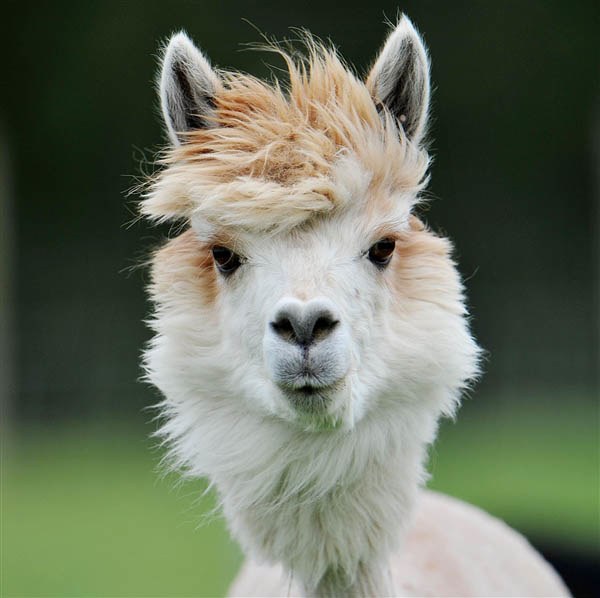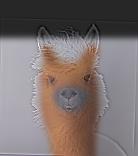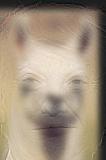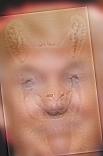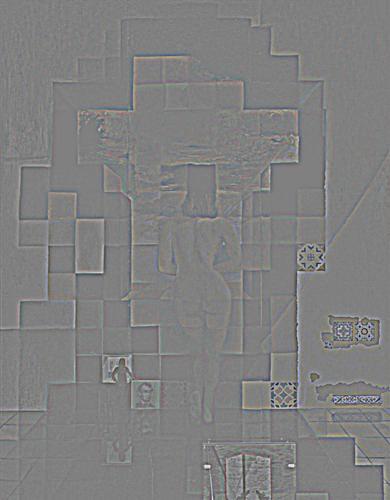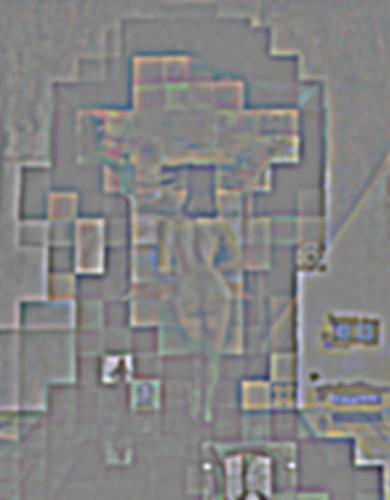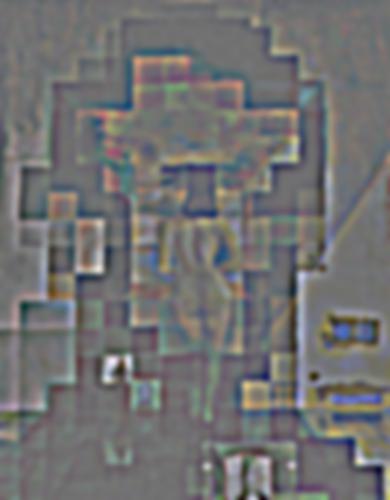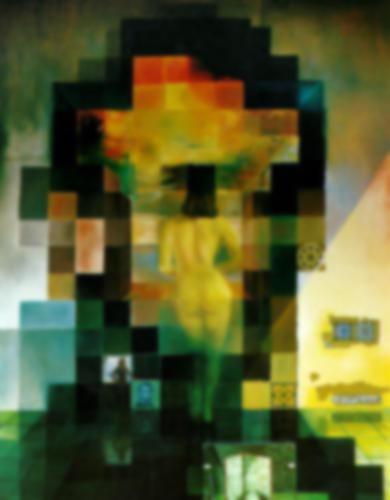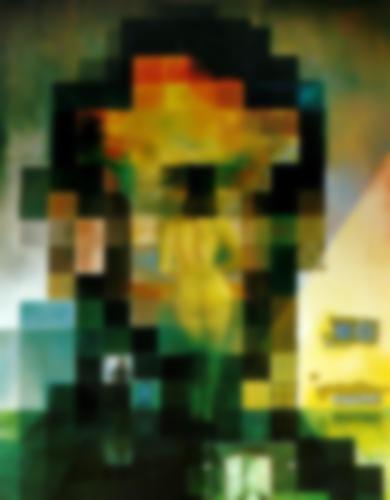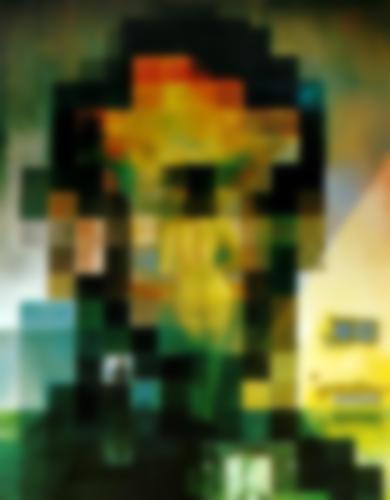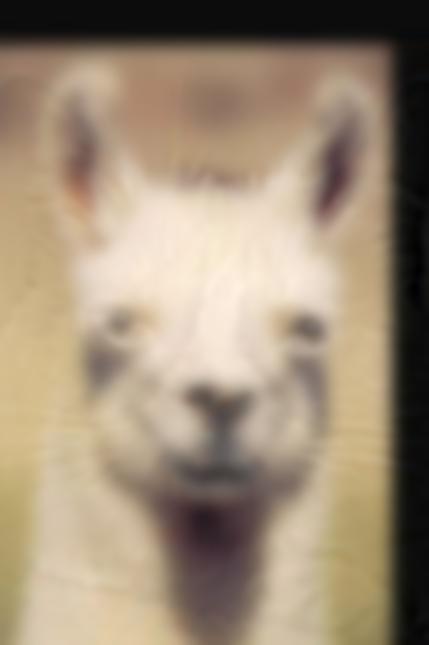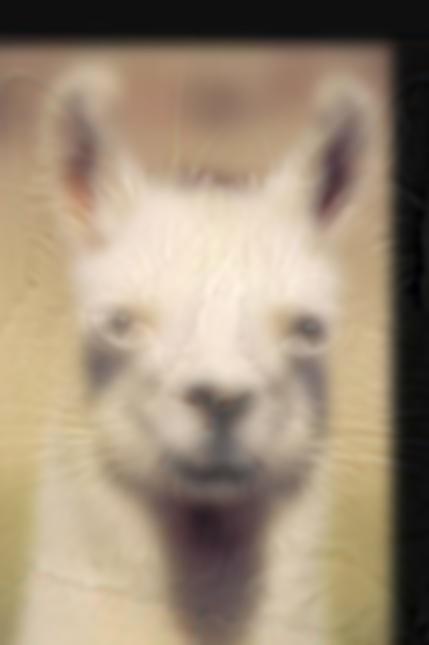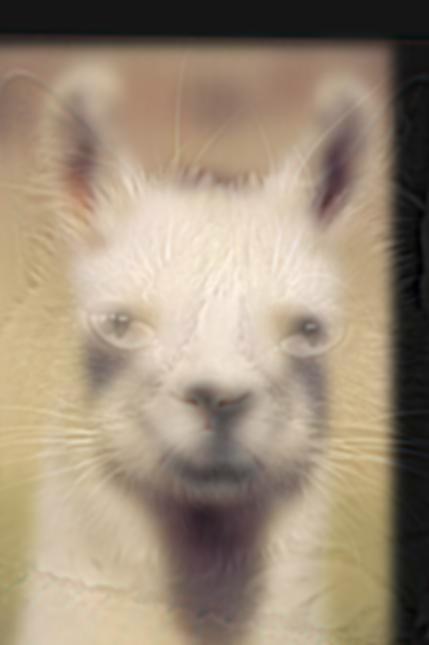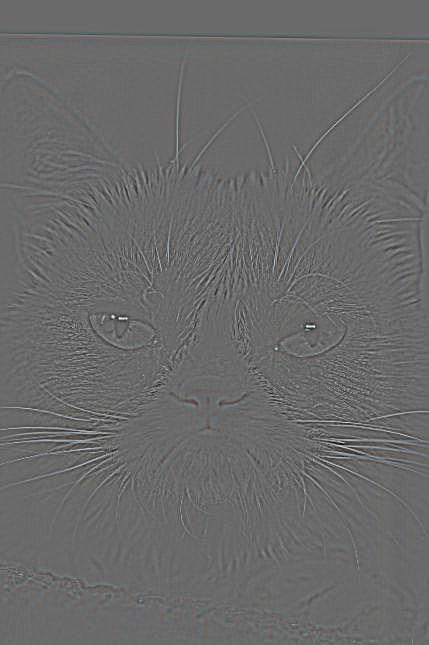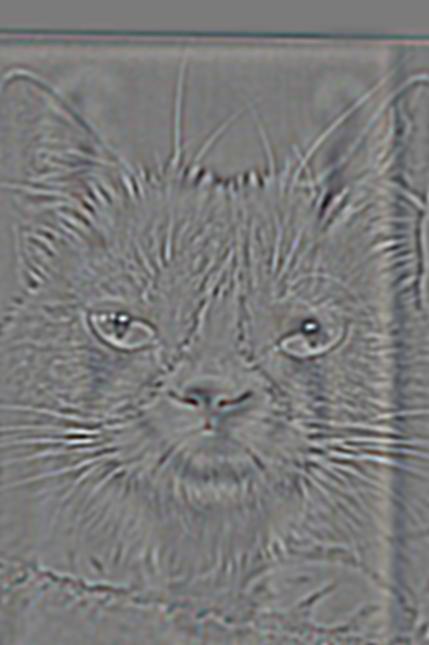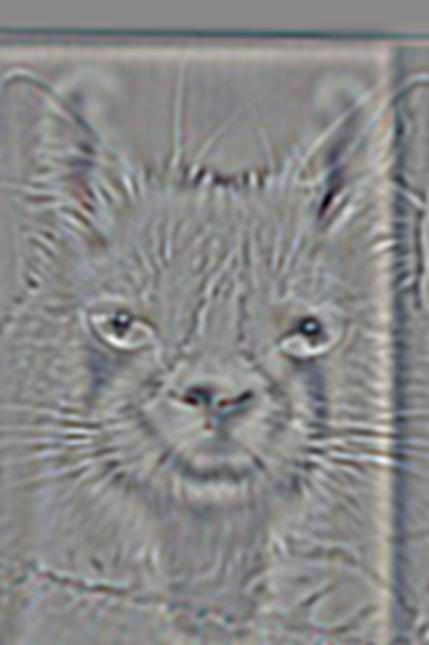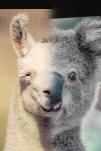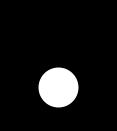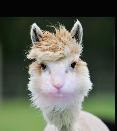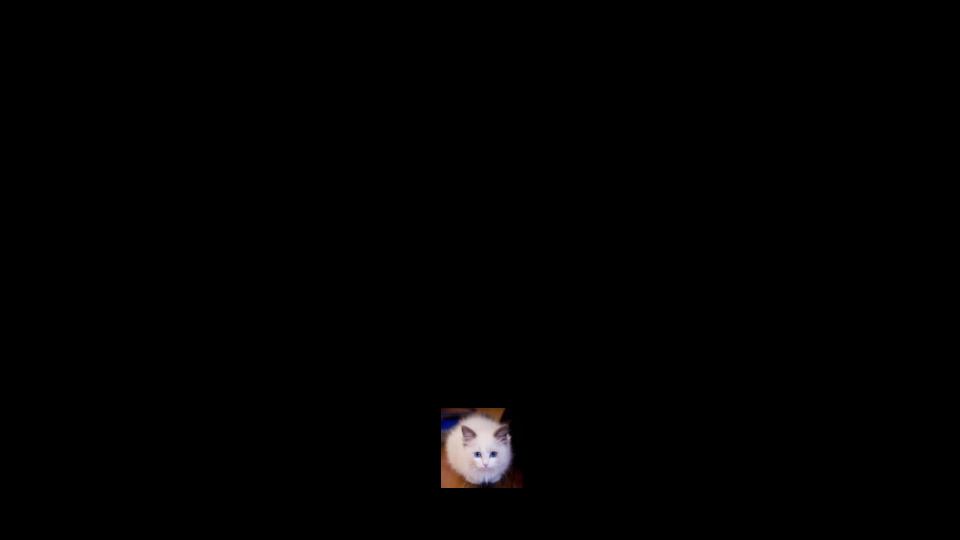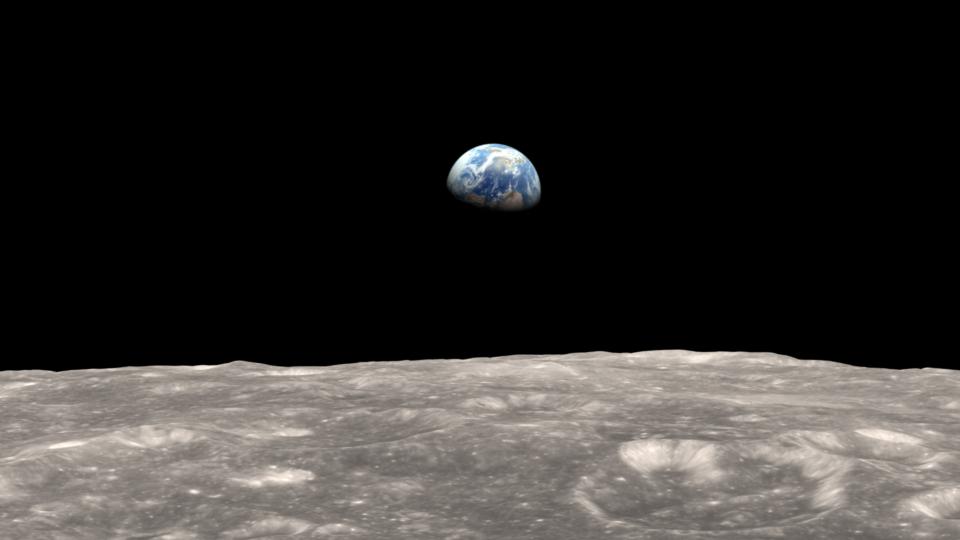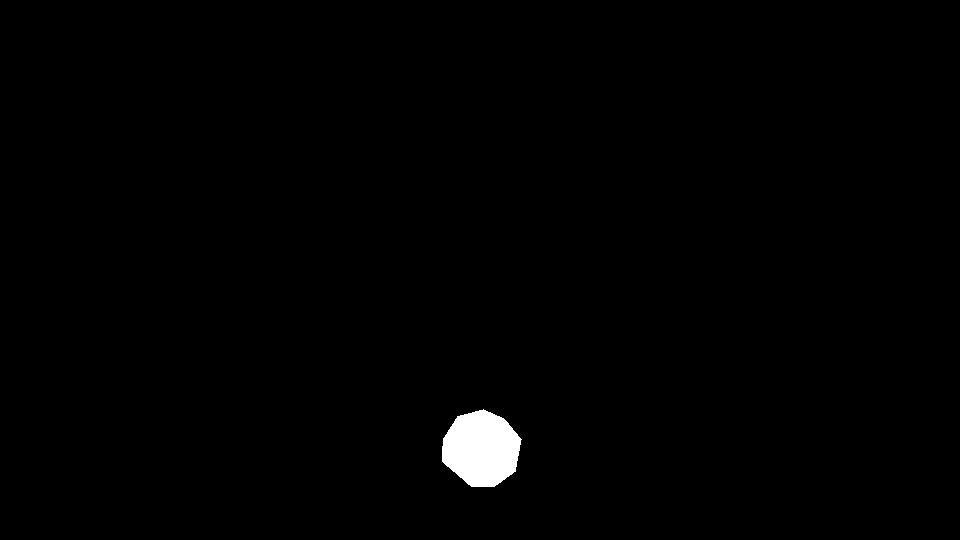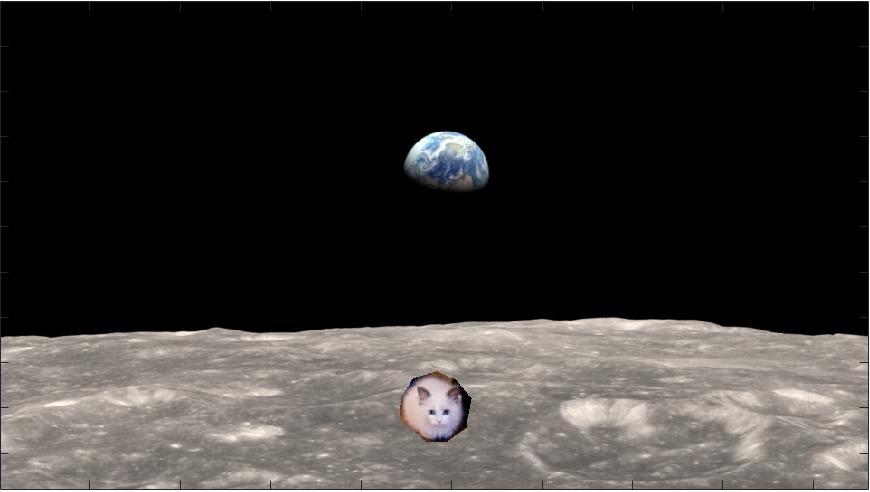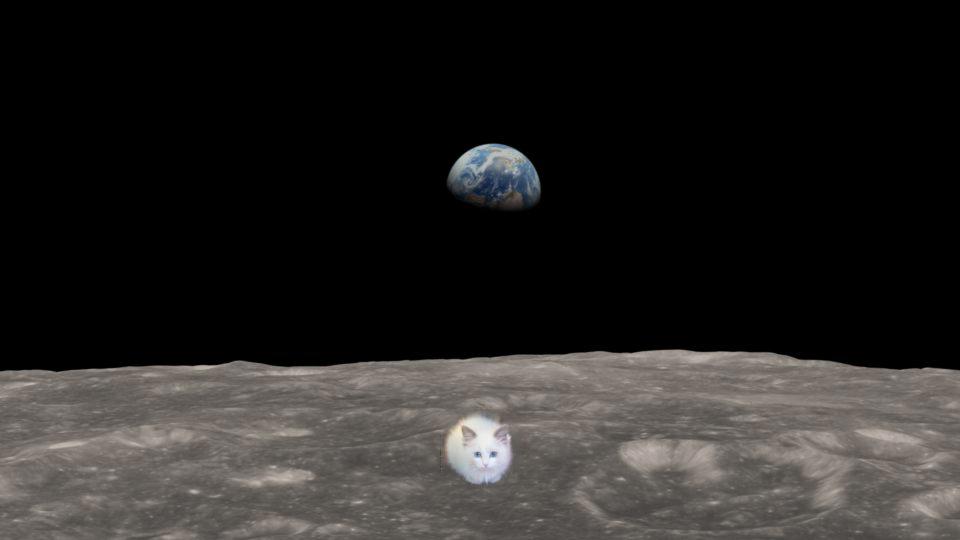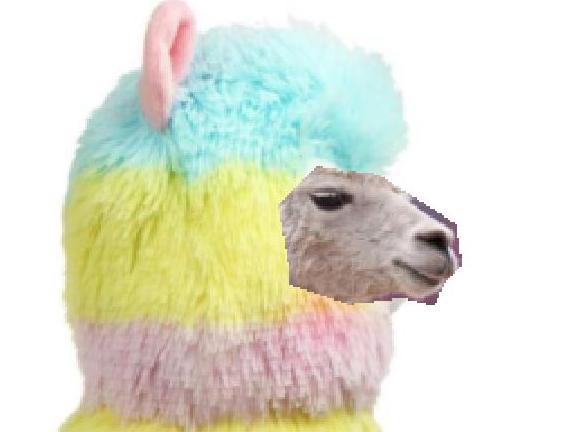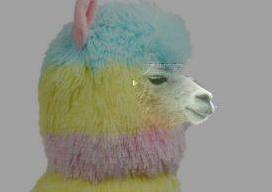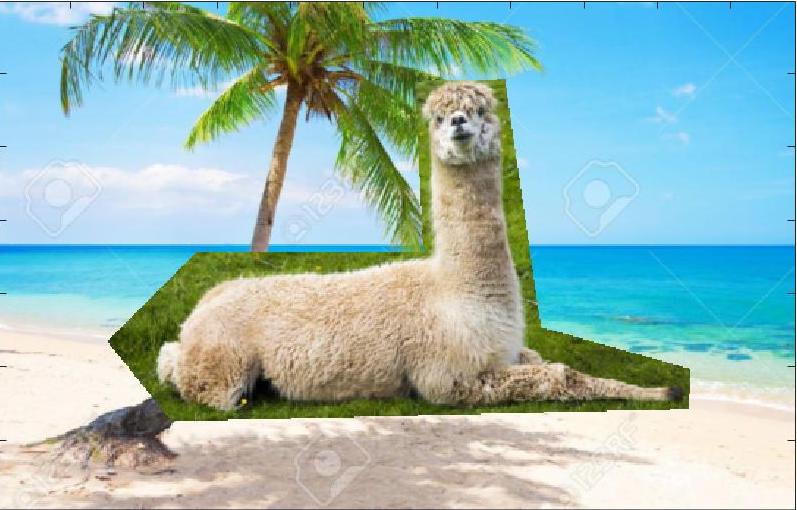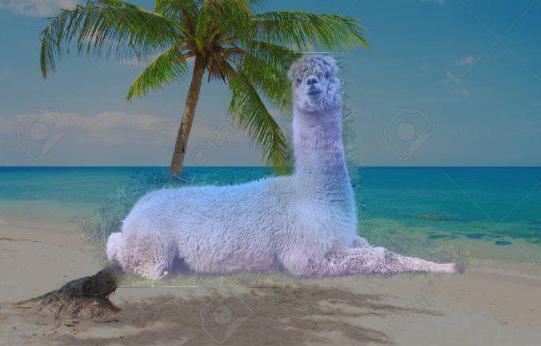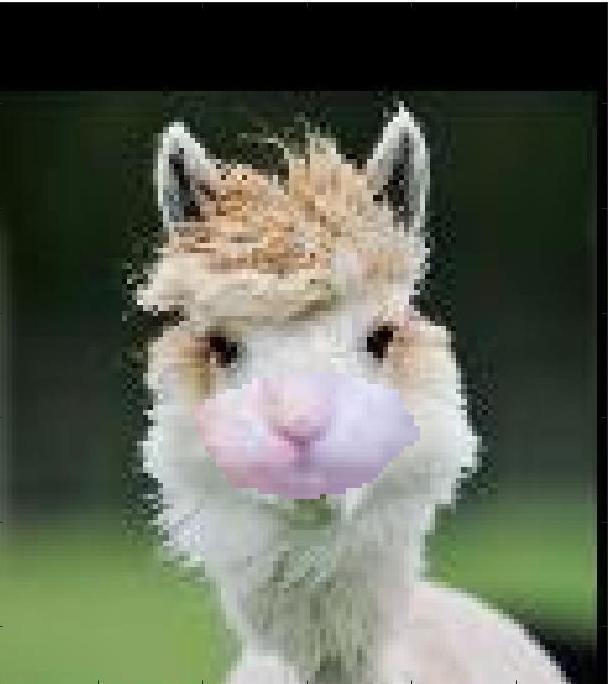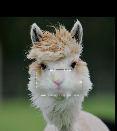Fun with Frequencies and Gradients!
Nerissa Lin CS194-26-adv
Overview
In this project we aim to blend pictures together seamlessly if possible. We explore a number of methods to approach blending images. A lot of the image manipulation comes from filters taken on the images. We take a look at blending on the frequency domain before also trying gradient blending to achieve a better product.
Gradient Domain Fusion
Copying parts of an image over directly can cause extremely harsh looking blends - we can correct for this by understanding that humans comprehend images on the intensity gradients as opposed to the actual image. Its more importance to mimic the difference between pixels than it is to mimic the color exactly. Using this concept we can take advantage of this and blend more seamlessly, slightly altering the color of a region to make it seem native to the image. We can see that this might help with out catllama image where cat's fur is a different color from llama's fur making the blending jarring. We use poissons blending as described above to attempt to fix for this. Below is work that makes progress on this idea.
Toy Problem (2.1)
We can reconstruct an image simply by saving the gradients of each pixel in relation to its x and y direction, as well as saving a constant (we choose the top left pixel to have to be matched accurately). If the top left is successfully matched, then we have sufficient relations to reconstruct the rest of the image. We can notice that there is some definition loss but almost full reconstruction is possible.
Our equations of interest:
1. Minimize ( v(x+1,y)-v(x,y) - (s(x+1,y)-s(x,y)) )^2
2. Minimize ( v(x,y+1)-v(x,y) - (s(x,y+1)-s(x,y)) )^2
3. Minimize (v(0,0)-s(0,0))^2
Equation 1 being our dx differential, 2 being our dy and 3 being out adjustment to find the constant after reintegration.
